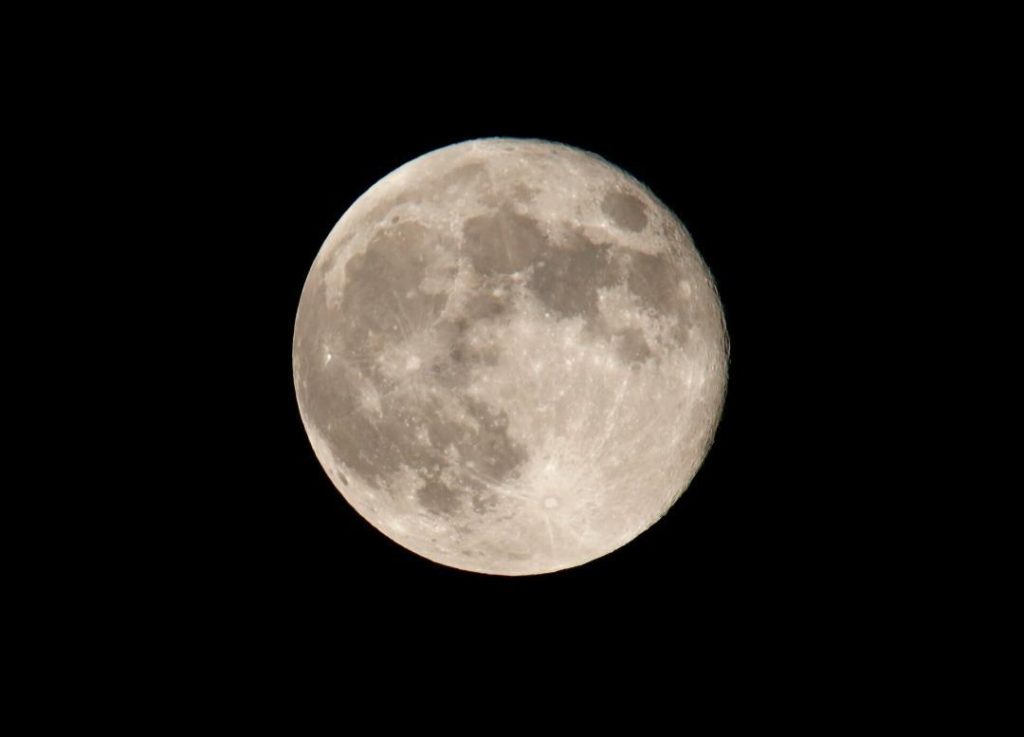
Soil Found on Moon May Potentially Support Life: Study
In a groundbreaking discovery, a team of Chinese scientists has found that soil found on the Moon may potentially support life. The researchers, led by scientist Lu Wang, extracted water from lunar soil and used it to convert carbon dioxide to oxygen and other chemicals. This study has significant implications for future space missions and our understanding of the Moon’s habitability.
The research was published in the journal Joule, a leading peer-reviewed scientific journal that focuses on energy, sustainability, and the environment. The study, titled “One-step integration of lunar H2O extraction and photothermal CO2 catalysis for sustainable life support,” highlights the potential for the Moon’s soil to serve as a source of water and oxygen for future lunar missions.
To conduct the study, the researchers used a combination of techniques, including a process called photothermal CO2 catalysis. This process uses sunlight to split carbon dioxide molecules into oxygen and other chemicals. The team also used a specialized device to extract water from the lunar soil. The device, called a lunar regolith simulator, mimics the conditions found on the Moon’s surface to simulate the extraction process.
The results of the study were promising, with the researchers able to extract water from the lunar soil and convert it into oxygen and other chemicals. The team also found that the process was highly efficient, with the ability to produce oxygen and other chemicals at a rate of 10 times that of previous methods.
The implications of this study are significant, as it suggests that the Moon’s soil may be able to support life in the future. This could potentially be used to sustain human life on the Moon for extended periods of time, making it a more viable option for future space missions.
“The one-step integration of lunar H2O extraction and photothermal CO2 catalysis may enhance energy utilisation efficiency and decrease the complexity of infrastructure development,” said scientist Lu Wang. “This technology could potentially be used to support life on the Moon and other celestial bodies in the future.”
The study also highlights the potential for the Moon’s soil to be used as a source of resources for future space missions. The Moon’s soil contains a variety of minerals and resources, including water, that could be used to support human life and sustain future missions.
In addition to the potential for supporting life on the Moon, the study also has implications for the development of sustainable technologies on Earth. The photothermal CO2 catalysis process used in the study could potentially be used to convert carbon dioxide into oxygen and other chemicals on Earth, which could help to mitigate the effects of climate change.
The study’s findings have significant implications for the future of space exploration and our understanding of the Moon’s habitability. The discovery of water on the Moon’s surface has been a major breakthrough in recent years, with scientists using a variety of techniques to detect and study the water.
In conclusion, the study’s findings suggest that the Moon’s soil may potentially support life, which could have significant implications for future space missions and our understanding of the Moon’s habitability. The discovery of water on the Moon’s surface and the development of sustainable technologies could potentially be used to support life on the Moon and other celestial bodies in the future.
Source: https://www.cell.com/joule/fulltext/S2542-4351(25)00187-4






